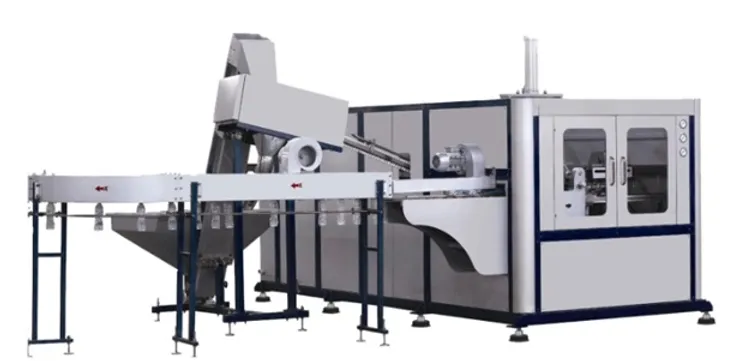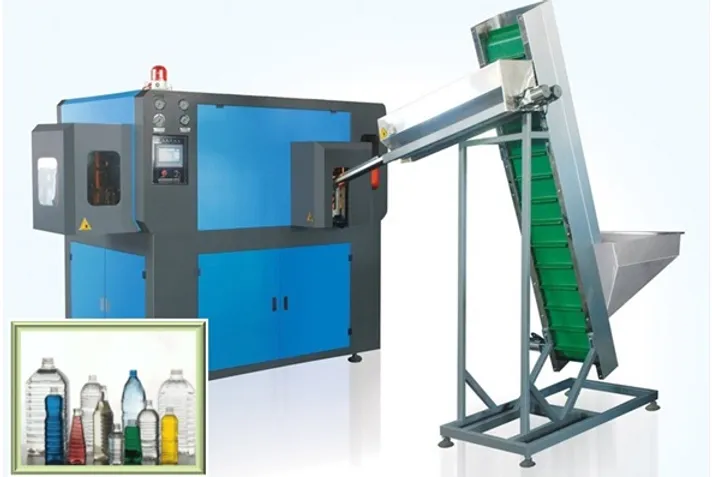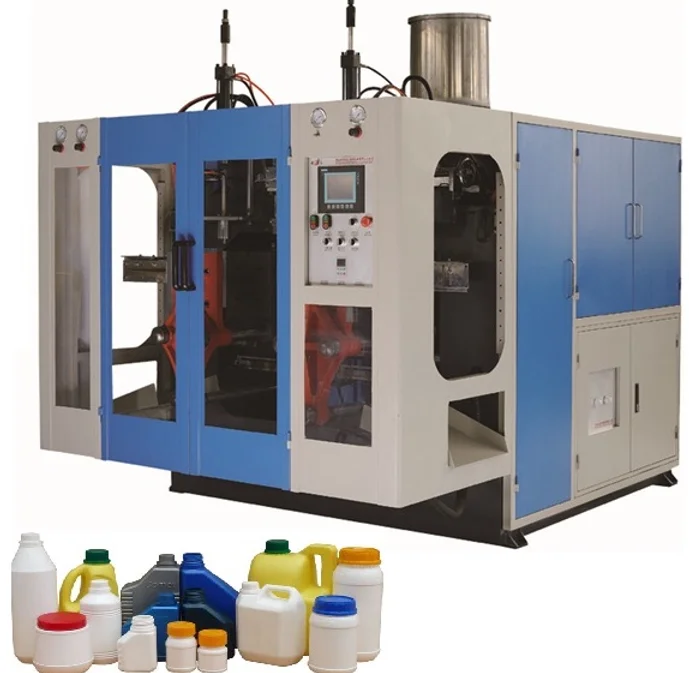BLOWERS PET / PE / PP / PVC / OTHERS
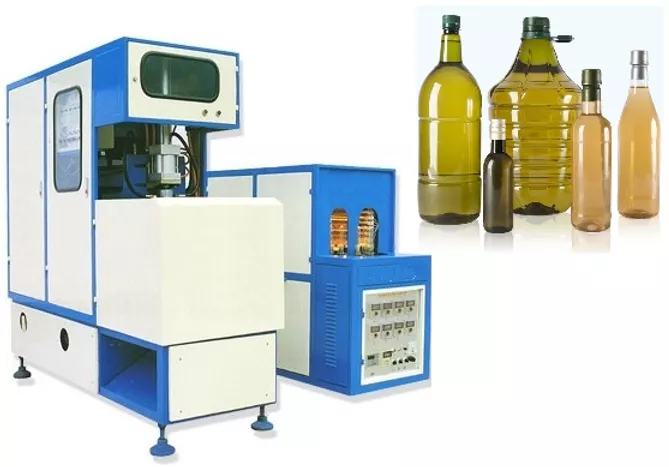
Blow molding is a process used to make hollow plastic parts by expanding the material. This is achieved by means of the pressure exerted by the air on the walls of the preform, in the case of injection-blow molding, or by the parison, in the case of extrusion-blow molding.
This process is made up of several phases, the first is obtaining the material to be blown, then comes the blowing phase that is carried out in the mold that has the final geometry, there may be an intermediate phase between the two previous ones to heat the material if If necessary, the piece is then cooled and finally ejected. To facilitate the cooling of the piece, the molds are equipped with a cooling system, thus increasing the production level.
Process variants
Injection blow molding
Injection-blow molding consists of obtaining a preform of the polymer to be processed, similar to a test tube, which is subsequently heated and introduced into the mold that houses the desired geometry, sometimes stretching the injected preform, then air is injected, which achieves the expansion of the material and the final shape of the piece and finally it is extracted. On many occasions it is necessary to modify the thickness of the preform, either to obtain a piece with different thicknesses or to achieve a uniform thickness throughout the piece, since in the blowing phase not all areas of the material are deformed equally. The advantage of using preforms is that they can be injected and stored, produced in different colors and sizes, which can be made in places other than where the blowing will take place. The preforms are stable and can be blown at high speed according to the required demand.
Extrusion blow molding
Extrusion blow molding is a blow molding process in which the preform is a tubular sleeve, formed by extrusion, called a parison, which is hermetically closed at the bottom due to the clamping exerted by the parts of the mold when closing. subsequently it is blown, allowed to cool and the piece is expelled. With this process, containers with a capacity of up to 10,000 liters can be obtained, however, too narrow tolerances are not achieved. The thickness of the extruded tube can be controlled if required with variable nozzle auxiliary equipment. Extrusion can also be carried out discontinuously for certain forms of work, for which an auxiliary equipment called an accumulator is used that doses the polymer load in a chamber
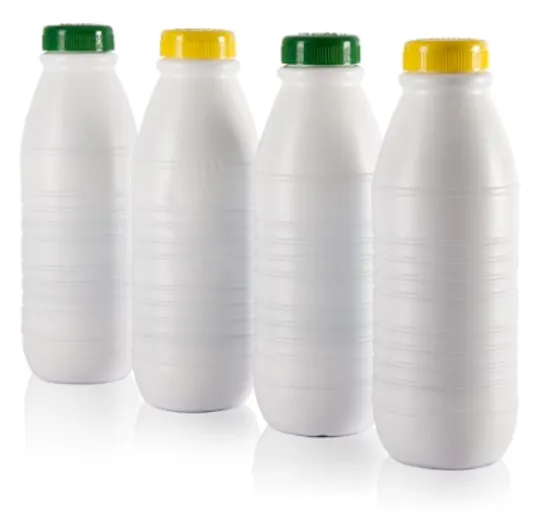
Co-extrusion blow molding
Using this blowing technique, multilayer products are achieved. This may be of interest for various issues such as; include different characteristics of permeability, reduce the cost of materials, by being able to use recycled or lower quality materials, combine optical characteristics of polymers or create iridescent color effects. The extruded parison includes all the necessary layers that enter the mold in the form of a tube, in the same way as the monolayer parison. In addition, the thickness control of the parison can be carried out in the same way as in the extrusion-blowing process.
Different lines of work
Blowing processes are usually carried out continuously, using the vertical or horizontal carousel system, both in extrusion and injection-blow molding. But thanks to the simplicity of the extrusion-blow molding process, the forms of work have been diversified to a great extent and can be classified as; rimmed noodle processes, in which the extrusion is not continuous, continuous noodle processes and the trapped air process, which has as a peculiarity the manufacture of hollow and closed pieces by strangling the nozzle of the piece after blowing.
Materials to which it is applied
The materials used for the blowing process belong to the family of thermoplastics. This is due to the fact that the material needs to have a viscous behavior and be able to deform when it has a certain temperature, otherwise the pressure exerted by the injected air could not expand the material through the mold cavity. The main thermoplastics used depend on the technique used, for extrusion-blowing they are; LDPE, HDPE, PVC-U, PS, PP, PA and ABS. Those used in the blown injection technique are; all those used in extrusion-blowing and also glass PE and PET.
Geometries obtainable in the pieces
The pieces obtained by this process are hollow pieces that do not have a constant thickness because the deformation of the material is not the same in all areas of the piece. In addition, they are usually open pieces since an air inlet is necessary (except in the “trapped air” technique). In general, the tolerances obtained are not usually very close, although they are somewhat better if the injection-blow molding technique is used, although this is not usually a problem in the vast majority of parts. In addition, highly complex pieces can be manufactured, due to the absence of cores, which would be very expensive to obtain by another method.
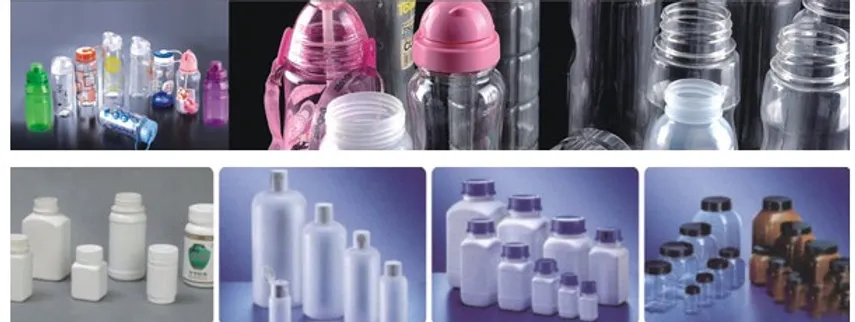
Economic-productive aspects
The blow molding process has a very high productivity, it is one of the most productive processes for plastics that exist and is currently very widespread. This is due to the fact that the manufacturing times are really low, since generally of the entire process cycle, only cooling accounts for 2/3 of this and, furthermore, the cooling is not usually very high, since the thicknesses are generally very thin and the piece cools quickly. If we look at what the blow-moulding process represents economically, it is a rapidly amortizable process, since it is generally directed to the manufacture of large batches. Taking into account that approximately 40% of the total plastic is used for packaging and that within this only approximately 30% is used in bottles, we can conclude that the blowing process constitutes more than 12% of the total plastic, which translates into the consumption of more than 300,000 tons per year in Mexico alone.
common applications
This process is commonly used for packages and containers, such as bottles, carafes without a handle, carafes with a hollow handle, drums, etc. Relatively large pieces can also be manufactured, such as slides or large tanks, however, if the number of pieces is not very high, rotational molding begins to be recommended, since the investment to be made is considerably less.
We have a wide range of automatic and semi-automatic blow molding equipment for PE / PP / PVC and PET preforms, with one, two and four heads from 50 ml to 2,000 liters and a wide variety of options such as thickness control, multilayer, among others. We adapt to the needs and requirements of your project in order to guarantee a prompt return on your investment.
Our equipment is manufactured using world-renowned components such as Vickers, Mitsubishi, ABB, Festo, among others, with which we can assure our customers of high-efficiency and high-precision machinery.
We have the development service of computer-assisted projects in three-dimensional plans for the manufacture of special designs, in order to guarantee a product that meets your specific needs without neglecting the quality that characterizes us.
